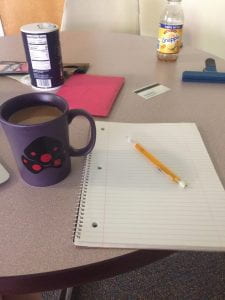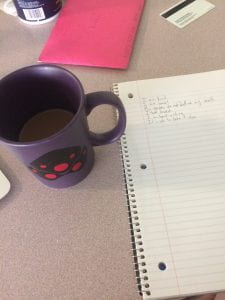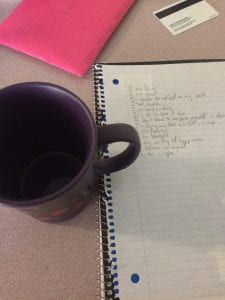While reading through John Sharp’s Works of Game, I thought a lot about his comments on affordances in games, specifically experiential affordances. I wanted to experiment with that concept, to try to both fulfill and subvert the player’s expectations of the typical detective game. I think both fulfilling and subverting expectations is a valid way to engage a player. The player feels comfortable playing the game, as they find that the game is familiar, yet also is encouraged to think critically about their experience when they encounter subversive elements.
I created a Twine game in which the player takes on the role of a police detective investigating a suicide. The detective can choose to investigate the case further, questioning suspects and looking for clues. This is what the player expects from a detective game. However, I also gave the player the option at any time to choose to end the investigation, even right at the very beginning. I chose to have this option to comment on the ineffectiveness of the police system in our country, and its willingness to ignore domestic abuse. I attempted to subvert the player’s expectations of what a mystery game is in order to make a statement that the player is encouraged to reflect on.
The process of writing this game was emotionally draining. I had to put myself in the perspective of both the abused and the abuser in order to accurately capture the essence of domestic abuse. I wanted the game to be short and quick and within a reasonable scope for this class, so I had to cut a lot of elements I originally planned to add. For example, I could have added a neighbor commenting on their perspective of the relationship, and given the player the option to either believe them or ignore them. I also thought about adding a journal written by the domestic abuse victim as a clue, but I thought commenting directly on the experience of domestic abuse might be too on the nose. I attempted to be more subtle with the hints in this game.
Below is a link to a zip file containing my game.







